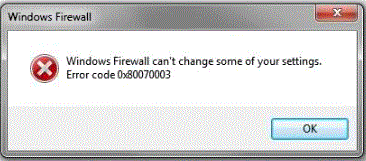
(Arrays.In this example, the fictitious company Woodgrove Bank is a financial services institution.
#Firewall builder classify example windows#
Woodgrove Bank has an Active Directory domain that provides Group Policy-based management for all their Windows devices. The Active Directory domain controllers also host Domain Name System (DNS) for host name resolution. Separate devices host Windows Internet Name Service (WINS) for network basic input/output system (NetBIOS) name resolution. A set of devices that are running UNIX provide the Dynamic Host Configuration Protocol (DHCP) services for automatic IP addressing.
#Firewall builder classify example windows 10#
Woodgrove Bank is in the process of migrating their devices from Windows Vista and Windows Server 2008 to Windows 10 and Windows Server 2016. A significant number of the devices at Woodgrove Bank continue to run Windows Vista and Windows Server 2008. Interoperability between the previous and newer operating systems must be maintained. Wherever possible, security features applied to the newer operating systems must also be applied to the previous operating systems.Ī key line-of-business program called WGBank consists of a client program running on most of the desktop devices in the organization. This program accesses several front-end server devices that run the server-side part of WGBank. These front-end servers only do the processing - they do not store the data. The data is stored in several back-end database devices that are running Microsoft SQL Server. The network administrators want to implement Windows Defender Firewall with Advanced Security throughout their organization to provide an additional security layer to their overall security strategy. They want to create firewall rules that allow their business programs to operate, while blocking network traffic that is not wanted. The following illustration shows the traffic protection needs for this design example.

The network infrastructure servers that are running services, such as Active Directory, DNS, DHCP, or WINS, can receive unsolicited inbound requests from network clients. The network clients can receive the responses from the infrastructure servers.

The WGBank front-end servers can receive unsolicited inbound traffic from the client devices and the WGBank partner servers. The WGBank client devices and partner servers can receive the response. The WGBank front-end servers can send updated information to the client devices to support real-time display. The clients do not poll for this unsolicited traffic, but must be able to receive it. The WGBank back-end servers can receive SQL query requests from the WGBank front-end servers. The WGBank front-end servers can receive the corresponding responses. There is no direct communications between the client devices and the WGBank back-end devices. There is no unsolicited traffic from the WGBank back-end devices to the WGBank front-end servers.Ĭompany policy prohibits the use of peer-to-peer file transfer software.


 0 kommentar(er)
0 kommentar(er)
